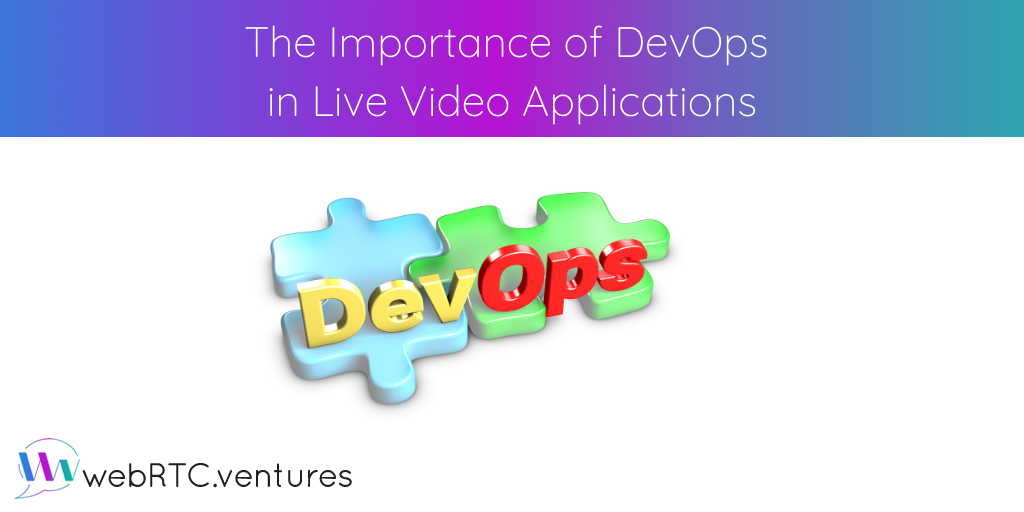DevOps is a set of skills that our WebRTC development clients are needing more and more, even if they don’t ask for it by name. Implementing quality DevOps is particularly crucial to live video applications for its ability to enable scalable architectures, reliable applications, easier application maintenance, easier application transition, and continuous improvement.

For our 57th episode of WebRTC Live, Arin Sime was joined by Anton Venema, CTO at LiveSwitch Inc for a deep dive into successfully scaling your WebRTC application in today’s technological landscape. They discussed the basics of scalability and media servers, optimizing for client vs. server efficiency, RTP packets and streams, bitrate management, the benefits of using a CPaaS to scale, and more. Watch it here!
Fixing an existing WebRTC application is not as much fun as building a new one, but it’s often necessary. Our team typically employs a combination of four fixes: re-architecting the media server or choosing a new CPaaS, solving compounding bugs, re-architecting the application, and improving the UX and error handling.

For our 56th episode of WebRTC Live, Arin Sime was joined by Wonder Co-Founder Leonard Witteler. Leonard and his team have used WebRTC to build a virtual space for groups to meet, talk, exchange ideas, and work together that is so much more than a networking tool for virtual business conferences. He discussed the evolution of the technology and architectures that made Wonder possible and their use of multiple CPaaS providers, as well as MediaSoup, to handle their varied use cases. Watch it here!







